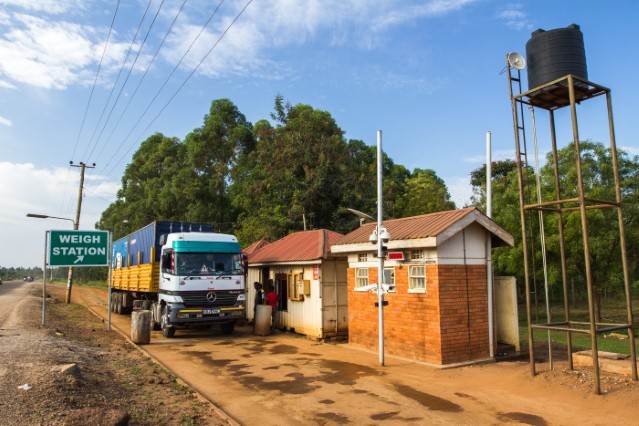Showing results from Aid for Trade
Topics
Last week business leaders, politicians and Hollywood personalities gathered in Davos for the annual World Economic Forum to discuss the challenges of our time. Numerous reports were issued in the lead up to the conference, including the Global Risks 2016 report. Whereas this report identified climate change as the number one risk for 2016, the visualized web of interconnections between the various risks showed an interesting outcome: the two most interconnected risks identified by the report were profound social instability and structural unemployment/under-employment.

This confirms something you probably already knew. Dominating media, topping the political agenda and a sure cause for heated public debate are the issues of conflict, migration and their root causes. This presents an opportunity for all of us involved in trade, investments and development to underline the relevance of our work in creating jobs and contributing to economic growth for the poor.
Formidable challenges
The challenges are formidable. In its January 23 edition, The Economist newspaper wrote, “Over the next decade more than 1 billion young people will enter the global labor market, and only 40% will be working in jobs that currently exist, estimates the World Bank. Some 90% of new jobs are created by the private sector. The best thing for job creation is economic growth, so policies that promote growth are particularly good for the young.”
So being relevant is not good enough. Whether in the private sector, civil society, academia or the public sector, we need to show tangible results. The Sustainable Economic Development Department of the Dutch ministry of Foreign Affairs is proud it could report in 2015 it had contributed to the creation of 150,000 jobs in the preceding year. CBI, the Centre for the Promotion of Imports from developing countries, reported that respondents to their survey of beneficiary companies of the Export Coaching Programs indicated on average 47 additional jobs per company.
Monitoring impact
These are impressive figures. But there are also methodological difficulties to overcome when collecting such data. To strengthen its reporting on results CBI has embarked on an effort to monitor the impact of their support to small and medium sized companies real time, in cooperation with the universities of Wageningen and Rottterdam, as well as with the Netherlands senior experts program PUM and the International Trade Centre, ITC. This program, going by the acronym PRIME, will not only enable CBI, PUM and ITC to track results, PRIME will also provide these organizations with better insight into what works, and what doesn’t.
Not all results in private sector development are directly measurable in number of jobs, or the added turnover and profitability of companies. But even when dealing with policy reforms we should keep in mind when demonstrating the relevance of our work to the general public that, to paraphrase the old saying, numbers speak louder than words.
Measure and communicate results
The approach taken by TradeMark East Africa, TMEA, provides an interesting example how to measure and communicate results. TMEA supports economic growth in East Africa through increased trade by focusing on both the hardware and the software: physical infrastructure as well as improving the trade environment and supporting business competitiveness. For instance in Kenya TMEA has helped reduce the time required for importing through the port of Mombasa from 11 to 7 days, and this is foreseen to accelerate in 2017 to 2 days.
The Netherlands has enabled TMEA to scale up its work on women and trade, and informal trade. Focusing on women and informal traders not only makes for smart economics, it contributes to stability and inclusive growth, the importance of which was once again underlined by the WEF report an Economist article quoted above.
Explore opportunities
The results of TMEA have prompted us, together with Denmark, to explore opportunities for a program to support regional trade in West Africa (Accelerating Trade in West Africa – ATWA). Bearing in mind, however, that the local context is different and regional organizations such as ECOWAS have already made strides in adopting policies, regulations and programs to increase regional trade,, one of which focuses specifically on informal trade which by some is estimated to amount to 75% of the intra-regional trade. Another major difference is that there are ony two major transport corridors in East Africa, versus a relatively large number of competing corridors in West Africa. The importance of economic growth for stability in the region is one of the primary reasons to actively engage.
Hajo Provo-Kluit, Senior Policy Advisor at the Sustainable Economic Development department